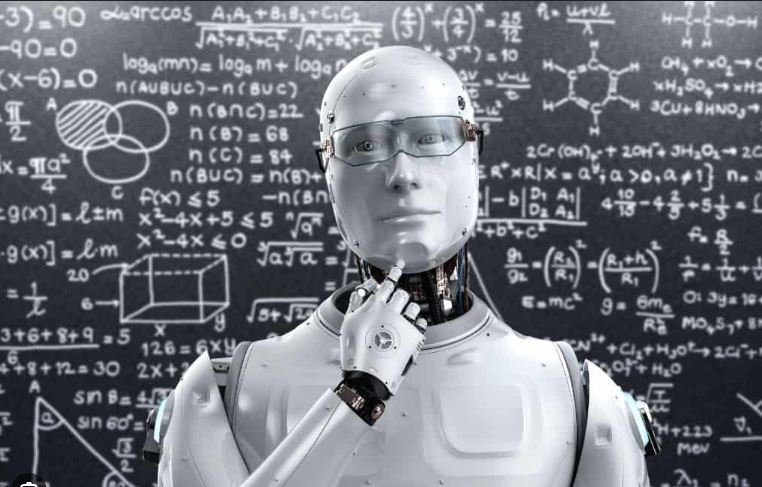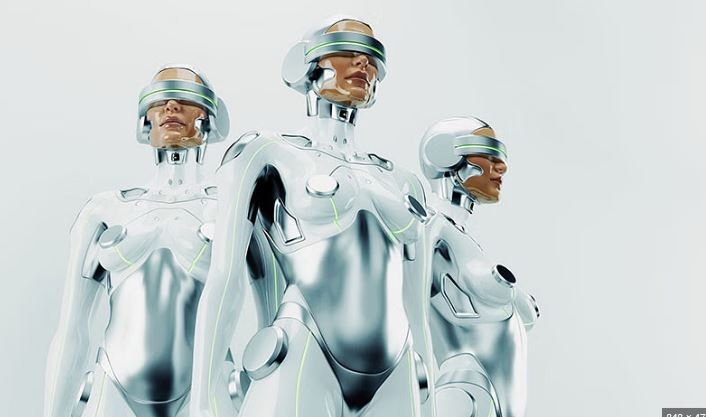AI and machine learning: what’s the difference? is a common question as these technologies become more prevalent. Although often used interchangeably, AI and machine learning refer to different concepts and have distinct applications. Understanding their differences helps in grasping their roles and potential impacts on various industries.

Defining Artificial Intelligence and Machine Learning
AI and machine learning: what’s the difference? begins with defining these terms. Artificial Intelligence (AI) is a broad field focused on creating systems that mimic human intelligence. Machine Learning (ML) is a subset of AI that involves training algorithms to learn from data.
Firstly, AI encompasses a range of technologies designed to perform tasks that typically require human intelligence. These tasks include problem-solving, understanding natural language, and recognizing patterns. AI systems aim to simulate human cognitive functions.
Secondly, machine learning involves training algorithms to recognize patterns and make decisions based on data. Unlike traditional programming, where rules are explicitly defined, ML systems improve their performance through experience. The more data they process, the better they become at making accurate predictions or decisions.
Key Differences Between AI and Machine Learning
AI and machine learning: what’s the difference? involves examining the key differences between these technologies. Understanding these differences helps clarify their specific uses and applications.
Firstly, AI is an overarching concept that includes various technologies such as robotics, natural language processing, and expert systems. Machine learning, however, focuses specifically on the ability of algorithms to learn from data and improve over time.
Secondly, AI systems can be rule-based or learning-based. Rule-based AI follows predefined rules and logic to perform tasks, while learning-based AI uses machine learning techniques to adapt and improve. Machine learning, as a subset, inherently involves learning from data.
Thirdly, AI applications can range from simple automation to complex systems capable of human-like interactions. Machine learning applications are typically narrower, focusing on specific tasks like recommendation systems, image recognition, and predictive analytics.
Applications and Impact
AI and machine learning: what’s the difference? also involves understanding their applications and impact. Both technologies have transformative effects across various industries.
Firstly, AI has broad applications in fields such as healthcare, finance, and customer service. AI systems can diagnose diseases, analyze financial trends, and provide personalized customer support. These applications demonstrate AI’s potential to enhance efficiency and decision-making.
Secondly, machine learning drives advancements in specific areas like recommendation engines, fraud detection, and autonomous vehicles. For instance, ML algorithms recommend products based on user behavior, detect fraudulent transactions by analyzing patterns, and enable self-driving cars to navigate safely.
Thirdly, the impact of AI and machine learning on industries is profound. AI enhances overall capabilities and automation, while ML offers targeted improvements through data-driven insights. Both technologies contribute to innovation and efficiency across sectors.
Conclusion
In conclusion, AI and machine learning: what’s the difference? is essential for understanding the roles and applications of these technologies. AI is a broad field encompassing various technologies aimed at mimicking human intelligence, while machine learning is a subset focused on algorithms that learn from data. By recognizing their differences, applications, and impacts, individuals and organizations can better leverage these technologies to achieve their goals and drive innovation.
